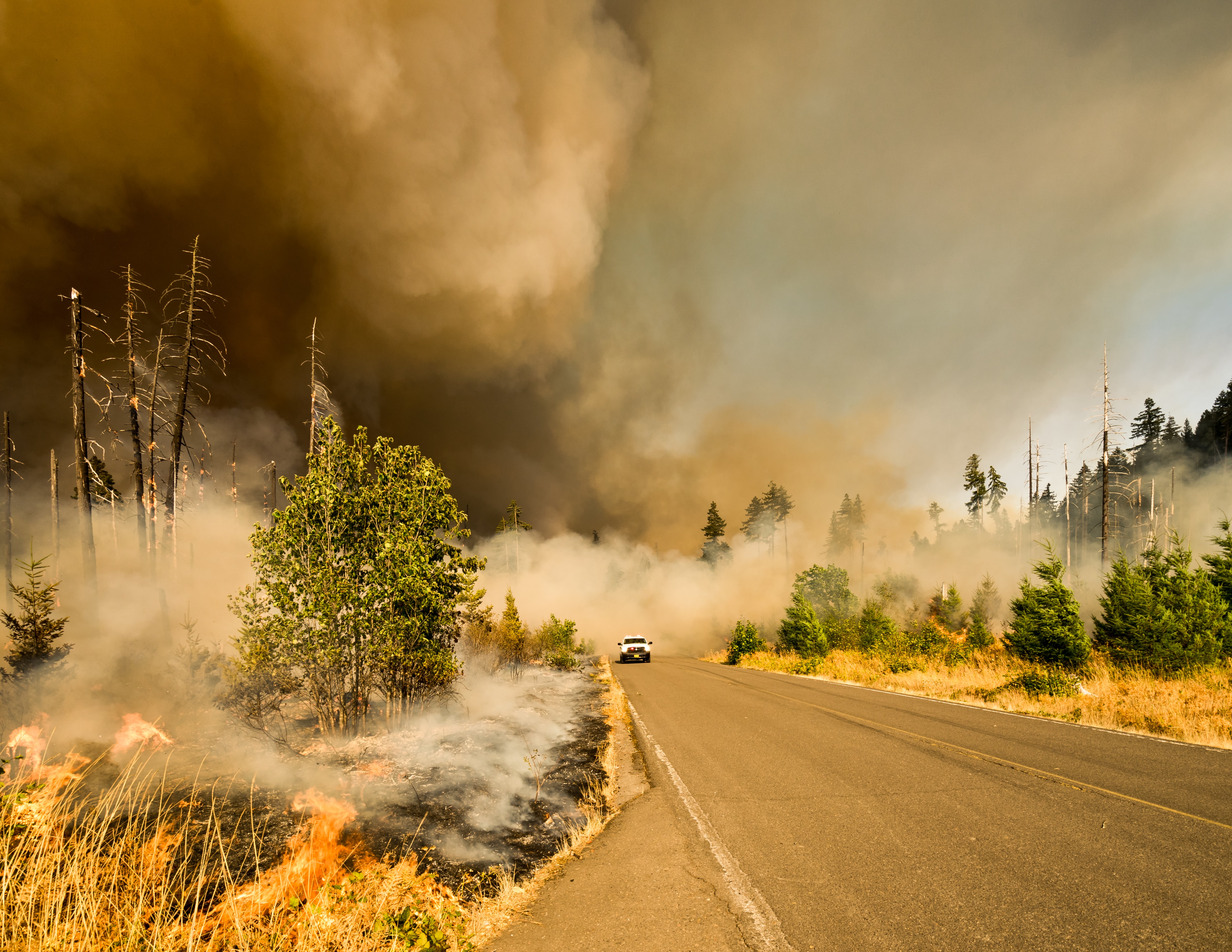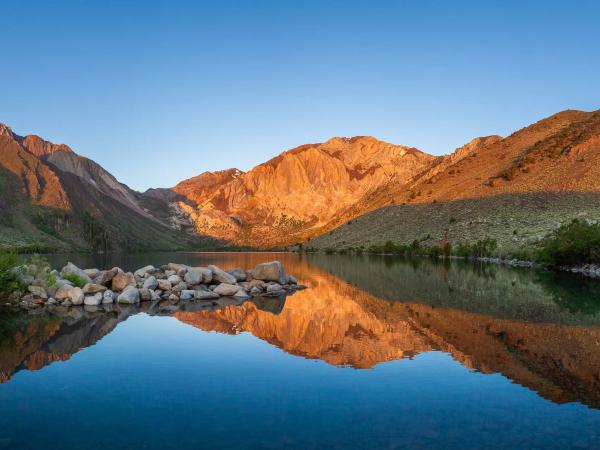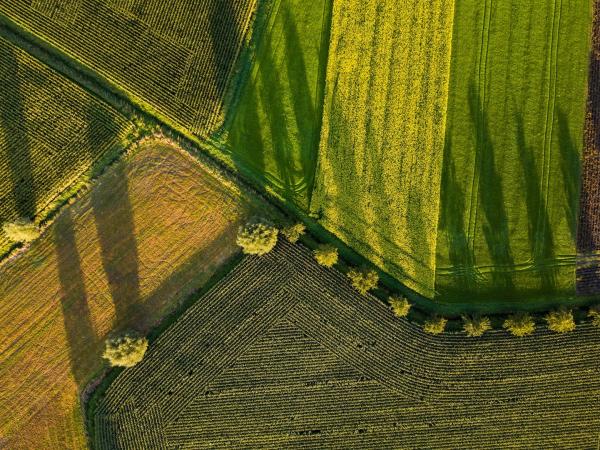
Bren researchers found that greenhouse gas-driven increases in extreme fire weather conditions have been balanced by aerosol cooling in the past century. This compensation is projected to disappear due to future air quality regulations, causing unprecedented increases in extreme fire risk.
In recent decades, wildfire severity has increased significantly over several regions of the world. Previous research has made it clear that anthropogenic activities and its products – including greenhouse gas emissions, biomass burning, industrial aerosols (i.e. air pollution) and land use changes – have been key drivers of these extreme changes. However, the risk associated with these competing influences had remained unknown.
The innovative study, conducted by Bren School researchers Danielle Touma and Samantha Stevenson, in collaboration with colleagues Flavio Lehner of Cornell University and Sloan Coats from the University of Hawaii, isolated these anthropogenic factors to better understand their individual effects on extreme fire weather risk.
“By understanding the different pieces that go into scenarios of future climate change, we can get a better sense of what the risks associated with each of those pieces might be. We know those risks are going to be expressed unequally in different places too, so we can be better prepared for which parts of the world might be more vulnerable.” said Stevenson in an interview with The UCSB Current.
According to the study, published in Nature Communications, these extreme fire weather conditions are expected to become the new normal for two-thirds of the global burnable area by the end of the century. The magnitude of these changes will depend on future emissions, but are common even on low-emission scenarios. “To get a wildfire to ignite and spread, you need suitable weather conditions — you need warm, dry and windy conditions,” Touma said. “And when these conditions are at their most extreme, they can cause really large, severe fires.”Industrial aerosols have historically played a key role in reducing the risk of extreme fire weather conditions – their interaction with clouds in the atmosphere create a cooling effect by blocking incoming solar radiation. Projected air quality regulations will diminish these effects by 2080, therefore, quantifying the regional expressions of these changes could be critical for informing climate change mitigation and adaptation strategies.
Further reading:
Extreme Fire Weather, The UCSB Current, 14 Jan 2021
Human-driven greenhouse gas and aerosol emissions cause distinct regional impacts on extreme fire weather, Nature Communications, 11 Jan 2021



